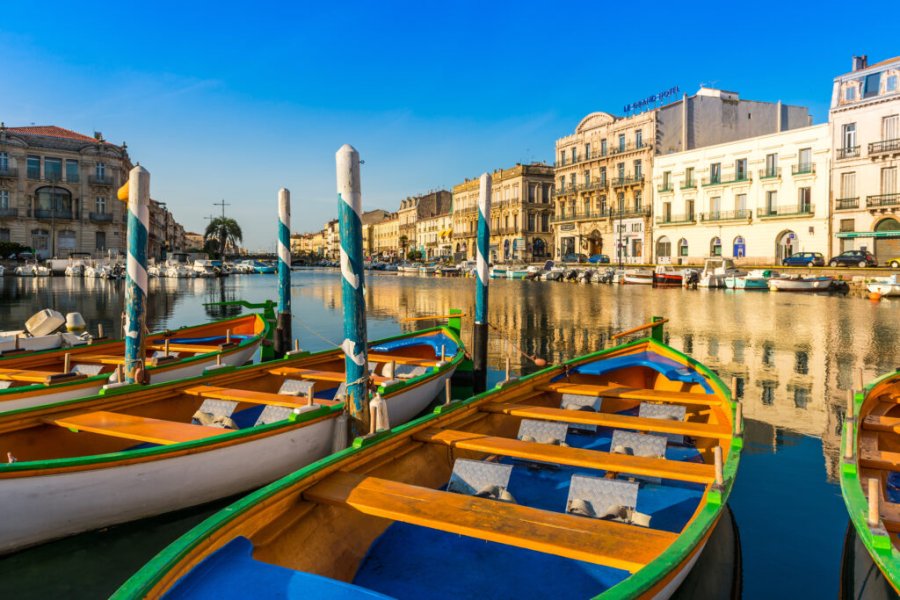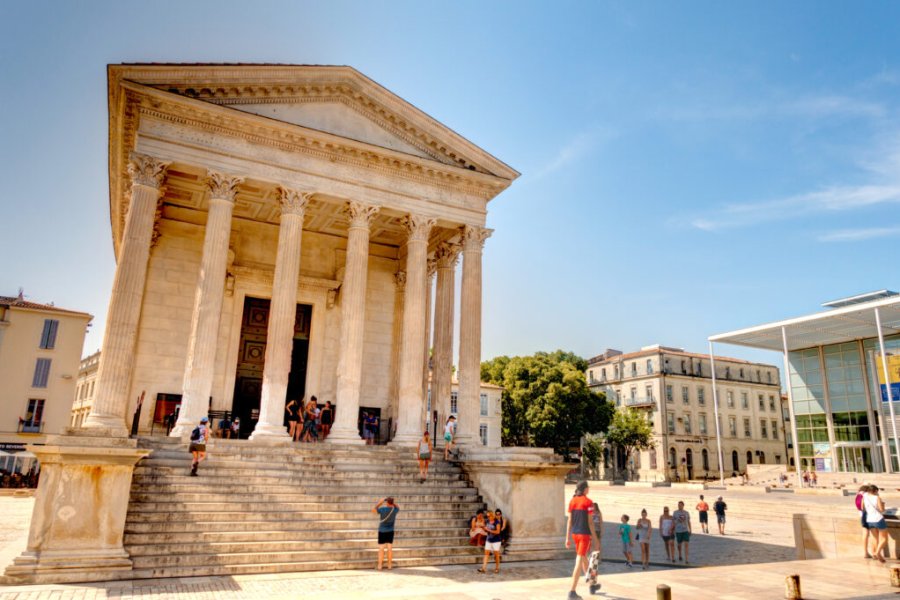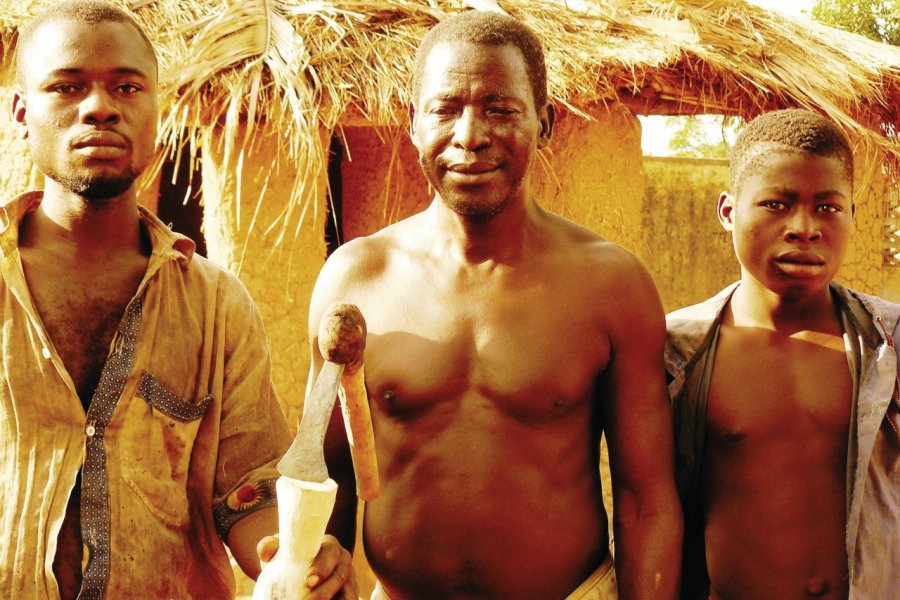Travel Guide Koni
Find an accommodation
Advertising
Endowed with a soil rich in iron, the Savannah District is an area of predilection for Ivorian blacksmiths. These are concentrated in several villages in the Poro region, the most famous of which are Kasombarga and Koni. Located about fifteen kilometres north of Korhogo on the road to M'Bengué, Koni, a typical village of fonombelis (iron extracting blacksmiths) had until the 1970s about fifteen blast furnaces in operation, where nearly fifty craftsmen were active. Some of these blast furnaces still litter the surrounding landscape, but they have become unusable and are more reminiscent of large abandoned termite mounds. Most blacksmiths have indeed swapped their blast furnaces for ploughing oxen, as the work is tedious and does not pay much: as the villagers can no longer afford to buy these handicrafts and tourists have deserted the area, the blacksmiths have not been able to fight against the arrival on the market of industrially produced objects. The task of the miner-steeler follows a thousand-year-old tradition and is governed by very precise codes: for example, extraction can only take place on certain sacred days, when secret rites are performed before descending into the shaft. On this occasion, the gods receive offerings. First, the ore is extracted from holes dug in the ferruginous soil; generally about ten metres deep, some of them sometimes reaching a depth of more than 20 metres. The craftsman then descends with his legs spread apart, placing his feet in the notches cut into the shaft. To bring the ore up, the blacksmiths often form a chain and pass baskets filled with mixed earth. After extraction, the earth is washed in the river and the raw material appears. The earth containing iron is kneaded into balls and exposed to the sun for a day. The blast furnaces can then be lit. The straw roof of the blast furnaces is supported by planks that allow the smelters easy access to the top of the chimney from where they pour the iron pellets into the furnace, while the mobile draught vents allow air to circulate freely. The heat then causes the pellets to melt and agglomerate into blocks weighing up to 40 kilos. The next day, the artisan clears the base of the blast furnace and the metal blocks are removed with a pusher for further processing. The iron is then beaten to be purified and taken back to the blast furnaces and liquefied again. The metal, purer and more malleable, is then brought to the blacksmith who will transform it into rudimentary tools, agricultural implements, domestic utensils or other (dabas, machetes, axes, knives...) by pouring the liquid metal into black earth moulds which will be cooled and then broken with a sledgehammer. The raw tool will then be worked and refined using files, chisels and other utensils. Faced with the growing needs of the population and the industrialisation of production methods, the world of forging in the northern countryside is currently undergoing major changes.If you wish, Soro Sionkaman, head of the Koni artisan blacksmiths' guild, will show you the traditional process of tool making from the extraction of the raw ore to the delivery of the finished product. Since the events, however, he doesn't see many people passing by anymore and the tired utensils waiting for takers on the terrace of his "expo-sale" are not exactly from yesterday.For more information, visit .The stakes and consequences of these upheavals that threaten an ancestral art that has been handed down from father to son for generations are pertinently analysed in the study Forgerons de la région de Korhogo (Côte d'Ivoire): essai en anthropologie des techniques, published in 2012 by Philippe Duc (available online at this address: http://doc.rero.ch/record/31734)
Suggested addresses Koni
Weather at the moment
Advertising
Organize your trip with our partners Koni
Transportation
Book your plane tickets
Car Rental
Boat rental
Accommodation & stays
Find a hotel
Holiday rental
Find your campsite
Tailor-made trip
Immersion travel
Services / On site
Activities & visits
Find a doctor
Koni travel inspiration
Find unique Stay Offers with our Partners
Pictures and images Koni
Other destinations nearby Koni
100 km away






